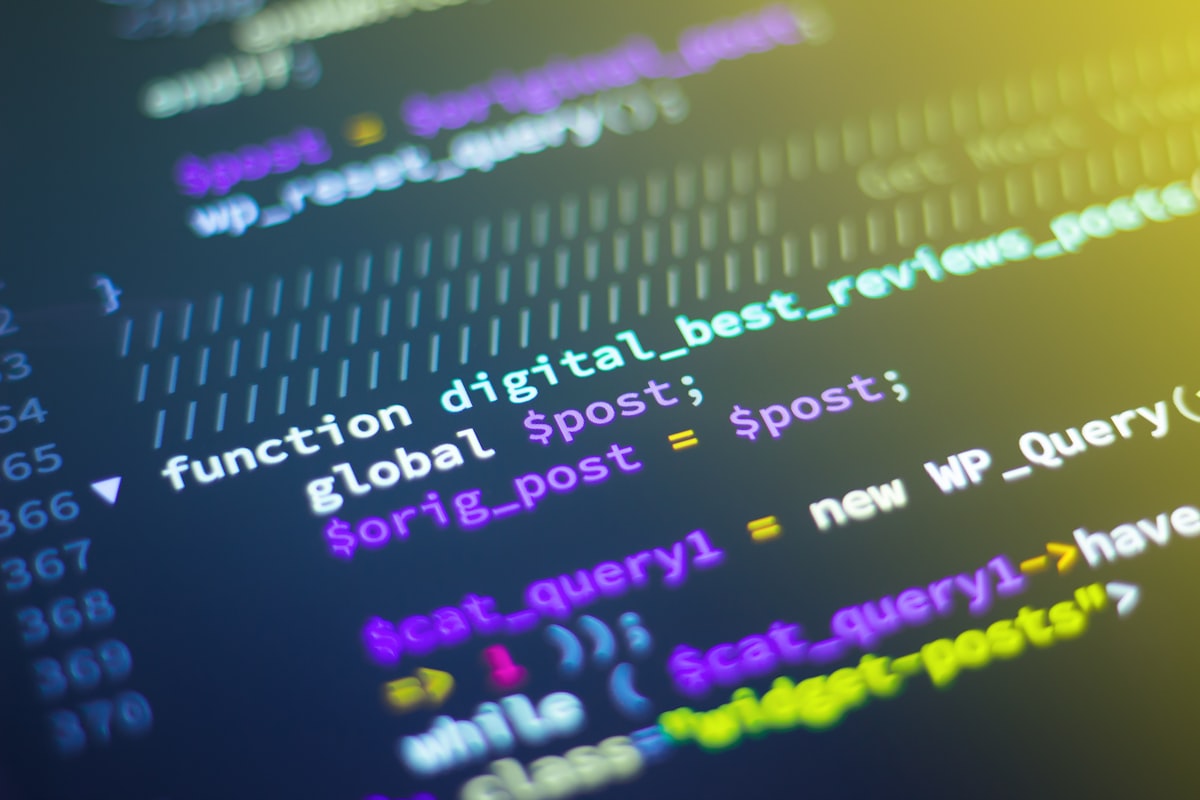Large Language Models (LLMs): A New Era in Artificial Intelligence

Discover how Large Language Models are revolutionizing AI, from GPT to Claude. Learn about their capabilities, applications, and impact on businesses and creators in this comprehensive guide.
Have you ever wondered how ChatGPT can write poetry, help you debug code, or explain complex topics in simple terms? The magic behind these capabilities lies in Large Language Models (LLMs) – sophisticated AI systems that are fundamentally changing how we interact with technology. From revolutionizing customer service to enabling creative breakthroughs, LLMs represent one of the most significant advances in artificial intelligence history.
What is a Large Language Model (LLM)?
A Large Language Model (LLM) is a type of artificial intelligence system trained on vast amounts of text data to understand, generate, and manipulate human language. Think of it as an incredibly sophisticated autocomplete system that doesn't just predict the next word, but understands context, meaning, and can engage in complex reasoning.
What makes LLMs revolutionary is their versatility. Unlike traditional AI systems designed for specific tasks, LLMs can perform a wide range of language-related activities – from writing essays and answering questions to translating languages and even writing code. This flexibility has opened doors to applications we could only dream of a few years ago.
- Trained on billions of parameters from diverse text sources
- Capable of understanding context and maintaining conversation flow
- Can perform multiple language tasks without specific programming
- Exhibit emergent abilities that weren't explicitly taught
- Continuously improving through advanced training techniques
How Do Large Language Models Work?
The Transformer Architecture: The Foundation of Modern LLMs
At their core, most modern LLMs are built on the Transformer architecture, introduced by Google researchers in 2017. This architecture uses a mechanism called 'attention' to understand relationships between words in a sentence, regardless of their distance from each other. Imagine reading a book where you can instantly recall and connect any previous sentence to the current one – that's essentially what the attention mechanism enables.

Visualization of neural network architecture similar to transformer models used in LLMs
The Training Process: Learning from the Internet
Training an LLM is like teaching someone to become fluent in human language by reading the entire internet. The process involves feeding the model billions of text examples – books, articles, websites, and conversations. The model learns to predict the next word in a sequence, gradually developing an understanding of grammar, facts, reasoning patterns, and even cultural nuances.
- Pre-training: Learning language patterns from massive text datasets
- Fine-tuning: Specializing the model for specific tasks or behaviors
- Reinforcement Learning from Human Feedback (RLHF): Aligning with human preferences
- Continuous learning: Updating knowledge and improving performance
Key Players in the LLM Space: GPT, BERT, LLaMA, Claude & More
The LLM landscape is rapidly evolving, with tech giants and innovative startups racing to develop more capable and efficient models. Each major player brings unique strengths and approaches to the table, creating a diverse ecosystem of AI capabilities.
| Model | Creator | Release Date | Parameters | Type | Availability |
|---|---|---|---|---|---|
| GPT-4 | OpenAI | March 2023 | ~1.7T (estimated) | Generative | API Access |
| Claude 3 | Anthropic | March 2024 | Unknown | Constitutional AI | API Access |
| LLaMA 2 | Meta | July 2023 | 7B-70B | Open Source | Free for Research |
| BERT | October 2018 | 110M-340M | Bidirectional Encoder | Open Source | |
| PaLM 2 | May 2023 | 540B | Pathways | Limited Access | |
| Gemini | December 2023 | Unknown | Multimodal | Limited Access |
Beyond these major players, innovative companies like Cohere, AI21 Labs, and Hugging Face are democratizing access to LLM technology. Open-source initiatives are particularly exciting, allowing researchers and developers worldwide to build upon existing models and create specialized applications.
Real-World Applications of Large Language Models
Content Creation and Writing Assistance
LLMs have transformed content creation across industries. Bloggers use them to overcome writer's block, marketers generate compelling copy, and students receive writing feedback. Tools like Grammarly now incorporate LLM technology to provide not just grammar corrections but style and tone suggestions.
Programming and Software Development
GitHub Copilot and similar tools have revolutionized programming by providing intelligent code suggestions, explaining complex algorithms, and even helping debug errors. Developers report significant productivity improvements, with some studies showing up to 55% faster task completion when using AI-assisted coding tools.

AI-powered customer service chatbots provide 24/7 support with human-like responses
Translation, Education, and Healthcare
In healthcare, LLMs assist with medical documentation and patient communication. Educational platforms use them to create personalized learning experiences and provide instant tutoring. Translation services have reached near-human quality, breaking down language barriers in real-time communication.
Benefits and Opportunities for Businesses and Creators
Unprecedented Productivity Gains
Businesses are experiencing dramatic productivity improvements by integrating LLMs into their workflows. McKinsey research suggests that generative AI could add $2.6 to $4.4 trillion annually to the global economy. From automated report generation to intelligent customer insights, LLMs are becoming indispensable business tools.
Significant Cost Reduction
- Reduced need for large content creation teams
- Automated customer support reducing staffing costs
- Faster product development cycles
- Minimized translation and localization expenses
- Streamlined market research and analysis processes
New Creative and Business Opportunities
Creators are discovering entirely new possibilities with LLMs. Authors collaborate with AI to explore new narrative styles, entrepreneurs build AI-powered startups, and educators create personalized learning experiences. The technology is democratizing access to sophisticated tools previously available only to large corporations.
Limitations, Challenges, and Ethical Concerns
Technical Limitations and Hallucinations
Despite their impressive capabilities, LLMs have significant limitations. They can 'hallucinate' – generating plausible-sounding but incorrect information. They lack real-time knowledge updates and can struggle with tasks requiring precise mathematical calculations or factual accuracy.
Bias and Fairness Issues
- Training data reflects historical and societal biases
- Unequal performance across different demographic groups
- Potential for amplifying existing inequalities
- Challenges in ensuring fair representation in outputs
- Need for diverse development teams and testing processes
Privacy and Security Considerations
LLMs raise important questions about data privacy and security. Training data may inadvertently include personal information, and there are concerns about how user interactions with AI systems are stored and used. Organizations must implement robust data governance practices when deploying LLM solutions.
The Future of LLMs: Toward Smarter and More Responsible AI
Multimodal AI: Beyond Text
The next generation of LLMs will seamlessly work with text, images, audio, and video. Models like GPT-4V and Gemini are already demonstrating impressive multimodal capabilities, able to understand images, generate visual content, and even process audio input. This convergence will enable more natural and intuitive AI interactions.
AI Agents and Autonomous Systems

The future of AI promises more sophisticated and autonomous intelligent systems
Future LLMs will evolve into sophisticated AI agents capable of taking actions, using tools, and completing complex multi-step tasks autonomously. Imagine an AI assistant that can research a topic, book travel arrangements, and prepare presentations – all with minimal human oversight.
Open Source and Democratized AI
The open-source AI movement is gaining momentum, with models like LLaMA and Mistral providing alternatives to proprietary systems. This democratization ensures broader access to AI capabilities and fosters innovation across diverse communities and use cases.
Courses and Resources to Learn About LLMs
Whether you're a beginner curious about AI or a professional looking to deepen your expertise, there are excellent learning resources available. Here are some of the best courses and platforms to get started with Large Language Models:
Top Learning Resources for Large Language Models
Deep Learning Specialization
Comprehensive course by Andrew Ng covering neural networks and deep learning fundamentals
Hugging Face Course
Free course covering transformers, tokenizers, and practical NLP with state-of-the-art models
OpenAI GPT-3 Documentation
Official documentation and guides for working with OpenAI's language models
Stanford CS224N: NLP with Deep Learning
University-level course covering natural language processing and deep learning techniques
Fast.ai Practical Deep Learning
Practical approach to deep learning with hands-on projects and real-world applications
Practical Learning Tips
- Start with foundational concepts in machine learning and neural networks
- Experiment with pre-trained models through platforms like Hugging Face
- Join AI communities on Discord, Reddit, or professional networks
- Build practical projects to reinforce theoretical knowledge
- Stay updated with the latest research and developments in the field
Conclusion: How LLMs Are Transforming Our World
Large Language Models represent more than just a technological advancement – they're reshaping how we work, create, and communicate. From helping students learn more effectively to enabling businesses to operate more efficiently, LLMs are democratizing access to sophisticated AI capabilities that were once the domain of tech giants.
As we stand at the threshold of this AI revolution, it's essential to approach these technologies thoughtfully. The future belongs to those who can harness the power of LLMs while being mindful of their limitations and ethical implications. Whether you're a business leader, creator, student, or simply curious about technology, now is the perfect time to explore what LLMs can do for you.
Ready to dive deeper into the world of AI and machine learning? Explore our collection of free courses and resources to start your journey into the fascinating world of Large Language Models. The future of AI is being written today – and you can be part of it.
Tags:
Related Posts

Comments
Leave a Comment
No comments yet
Be the first to share your thoughts!


